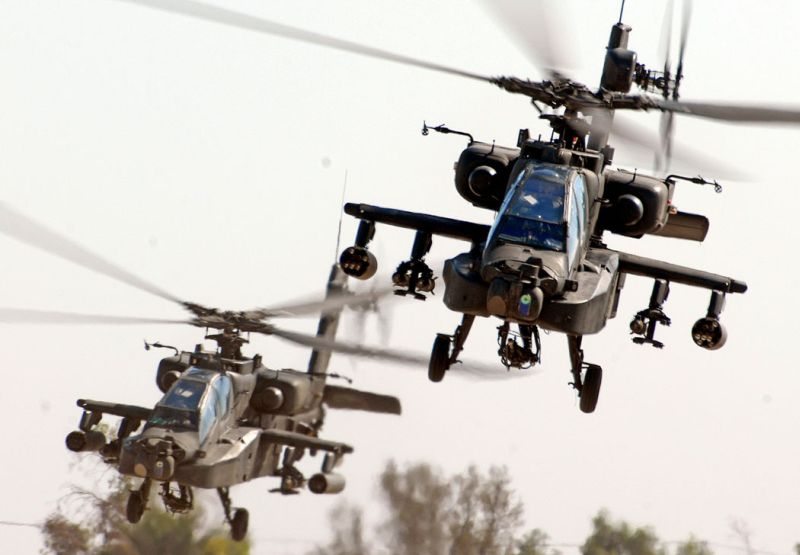The recent Special Operations mission conducted by the U.S. Seal Team Six (ST6) to acquire and terminate a high-value target by a highly specialised task force involved the use of the Sikorsky MH60 (K/M version). The dust had yet to settle, and the industry experts were already discussing the use of “stealth” technologies for this mission.
Many experts consider this a promising note for the military helicopter market, which is just coming out of a very challenging period. The expeditionary nature of today’s missions, the heavy wear and tear of the platforms that operate under extreme conditions, and the ageing helicopter fleets worldwide are driving the global demand for helicopters.
The global helicopter market across military and civil end-user segments is facing a growth in demand, reaching a potential market size of nearly 24,000 platforms over 2011-2020. The key factors contributing to this industry growth are upcoming replacement cycles in worldwide military and state-run fleets, growing disposable income in emerging markets and the structural growth of the global economy. However, it is the military that continues to be the main driver for helicopters.
According to Frost & Sullivan research, on the assumption that the market conditions are likely to remain favourable, the military will account for more than 60 percent of the global helicopter demand over the next 10 years (in terms of market value), generating revenues of nearly US$200 billion, and creating orders of nearly 9,000 platforms between 2011-2020.
This demand for military helicopters is driven not only by a desire to obtain new, modern helicopters but mostly by the need to replace/upgrade a large global fleet of ageing helicopters of all types and sizes, both in western countries and emerging markets.
Global Military Helicopter Demand, 2011-2020
Frost & Sullivan research indicates that the global market for support-in-services (SIS) represents a very lucrative market. However, end-users within the military segment still need to fully recognise the benefits of advanced service agreements, such as Performance Based Logistics (PBL) and Total Cost of Ownership (TCO). In a situation where the average life of a helicopter is about 40 years and growing (through a series of upgrades with life extensions and capability-enhancing upgrades), the SIS market represents a significant opportunity for the primes to create a diverse income stream, especially in times of budgetary austerity.
Despite the expected growth for military helicopters, the industry faces significant challenges, including the defence budget cuts in some of the traditionally strong western markets, but also in some emerging markets where the end-users may be exercising caution in terms of procurement, both operationally and financially. The impact of the global economic turmoil is visible across a majority of programmes in military helicopter segments, as they generally tend to be large procurements.
The exceptions are the countries that are engaged in deployments or recently withdrew, as well as countries that started the procurement process before the crises and find it difficult to cancel for financial and contracting reasons. Although they seem to be weathering the economic downturn much better than the western markets, the emerging markets such as Brazil and India are still somewhat vulnerable to budget volatilities, which has led to more diligent procurement processes for most major military assets.
Military forces across the globe, particularly in emerging markets, are currently undergoing major acquisition and upgrade programmes in their helicopter fleets. Overall modernisation also means that nations are considering filling capability gaps and procuring helicopters in different segments in order to cope with multiple operational requirements. Frost & Sullivan believes that the industry needs to be innovative, not only in developing new technologies and expanding portfolios, but also in introducing new business models and operational support such as through life contracts in order to support the end-user segments, and in turn drive new programmes and procurements.
[Download not found]










